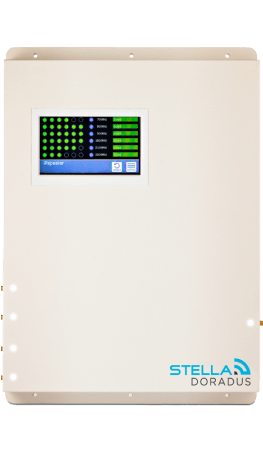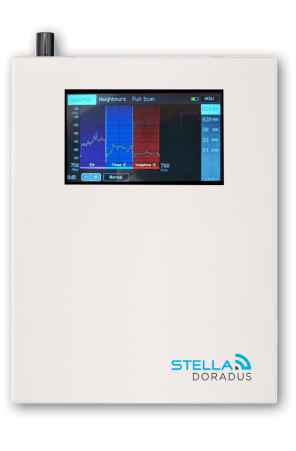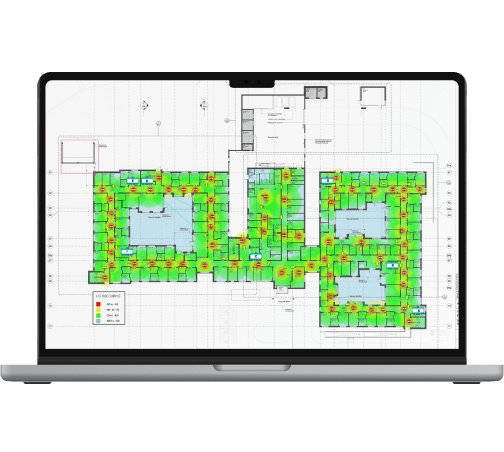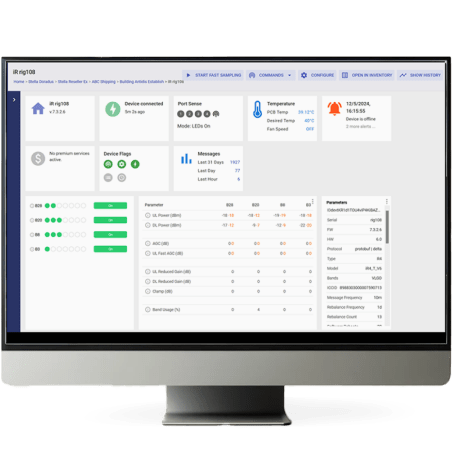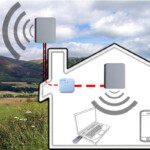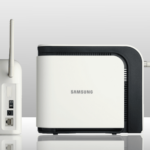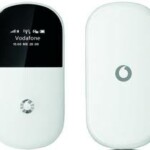How a mobile phone signal repeater keeps your customers connected all the time.
Everyone in business knows good internet connectivity is vital for business to thrive and grow. More and more people are using smart phones, i-pads, and other mobile devices in business. More apps are being developed every day and Cloud computing is becoming central to business, All this requires excellent connectivity. Just as desktop computers had to double in processor power every 18 months (Moore’s law), just to be able to run the latest versions of Windows, Word, Office, Autocad, increasingly good wireless internet connectivity will be necessary to work in “the cloud”. Make no mistake about it, mobile wireless connectivity is becoming central to efficient business and human communication! You don’t want to get left behind. A mobile phone signal repeater could be just what you are looking for to keep your customers connected.
Great technical advances are being made in the sophisticated technology that delivers wireless internet connectivity. This is driven by the huge increases in demand for bandwidth. This has resulted in 2g (very slow internet) migrating to 3g(fast and getting faster), and finally the 4g standard.
How mobile signal gets blocked.
However, all this technology will not help data speeds for many businesses. The reason is poor indoor signal strengths. While you might get good data speeds outdoors (we use www.speedtest.net, you should try this yourself), the office building itself greatly reduces the signal strength. This is due to double glazed buildings, modern foil backed insulation, and even the thick walls found in old buildings. The fact is most internet browsing occurs indoors.
Solutions to poor indoor coverage:
There are several solutions to this poor coverage problem, but some come with drawbacks. The most widely used are:
- Mobile phone signal repeater
- Femtocell
- Mifi
Here is an explanation of all three..
Repeater
A mobile phone signal repeater solution takes the strong outdoor signal, amplifies it, and then re-transmits it into the indoor area of poor coverage. The device is completely transparent to the operators network, so there is no need to register your mobile devices. As such, a repeater is the best solution to improve coverage in place where either a large number of users might need to communicate through the device, or where there are a lot of transient users. Added benefits are there is no need to fiddle around with passwords to connect to a WiFi network, or pay extra each month for a land line.
Femtocell
A Femtocell connects to a DSL line, and converts the DSL signal to a strong 3g signal. A drawback is that you do need a land-line.
A major drawback for business with both of the above solutions is that a user must register to be allowed onto the network. So neither solution is suitable for public places like shops, malls, large offices etc. If you install one of these devices, it will only work for you and a small number of co-workers. They are more suitable for domestic use, or for very small offices where only a few devices have to be registered.
MiFi
A MiFi takes a 3g signal and converts it to WiFi. You place the device in an area with good 3g signal, usually upstairs or near a window. The device picks up the signal, converts it to a WiFi signal which should then cover the building. The idea is that WiFi is at a different frequency to 3g, so the MiFi devices can’t create any interference to the operators network. A common drawback is the difficulty of finding a good 3g signal. After all, poor 3g signal is the reason you might try this solution in the first place. Another drawback is the limited power of the WIFI signal to propagate around the office.


